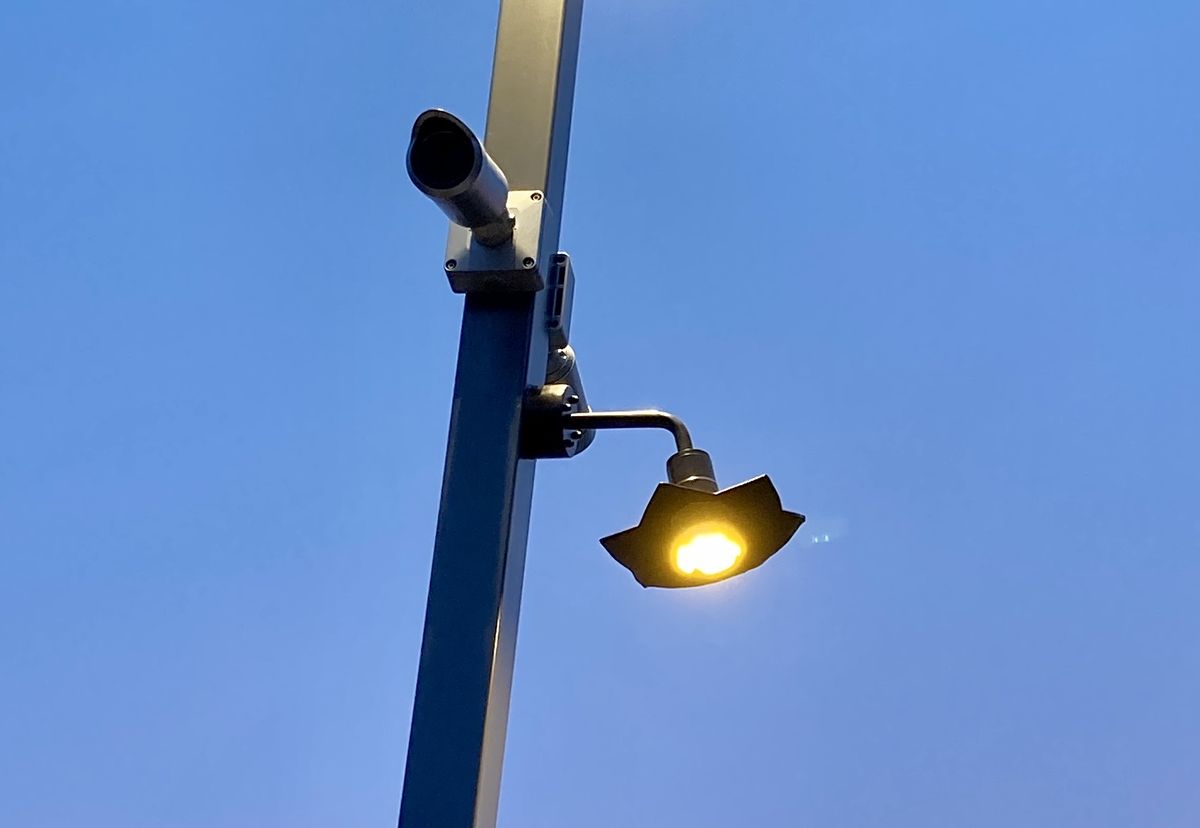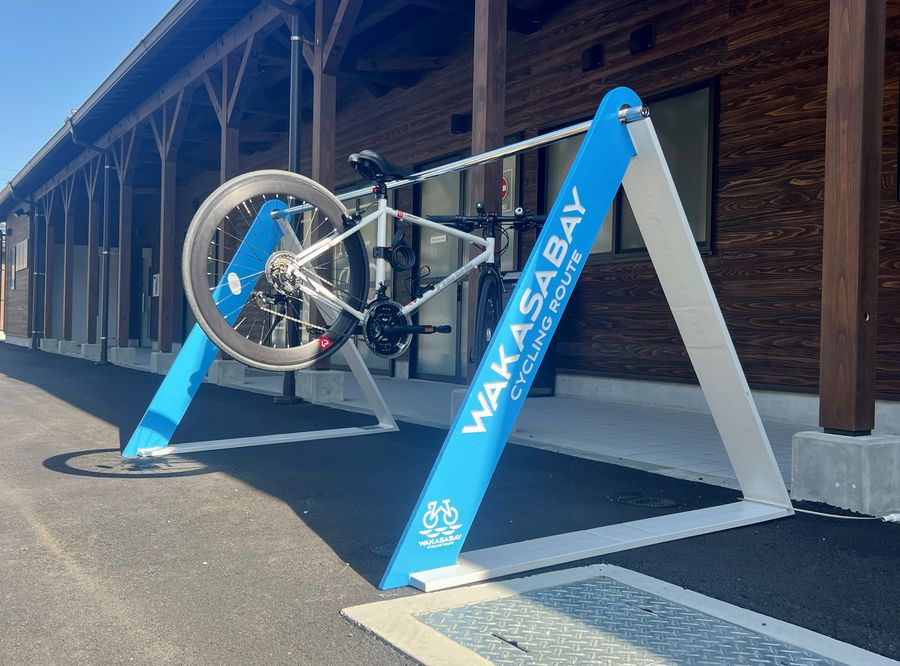The Current Status of the Clearance System for Recycling the Waste from Nuclear Power Generation
(in provisional translation)
(English ver.) 2023-12-06

A light fixture made with waste materials generated during the decommissioning
of a nuclear power plant
The operation and decommissioning processes of nuclear power plants generate various kinds of waste materials. Some of them have very low levels of radioactivity presenting a negligible effect on the human body and are recycled for reuse like ordinary industrial waste. This article explains the clearance system that enables the reuse of such waste materials with newest case examples and demonstration experiments.
The clearance system to make the decommissioning process safer and smoother as well as to realize the efficient utilization of resources
The relevant law stipulates that waste materials generated during the decommissioning of nuclear power plants and other associated works must be disposed of in a proper manner depending upon their levels of radioactivity. Some of those waste materials have radioactivity with a negligible effect on the human body, and if proved to meet the clearance criteria by the Nuclear Regulation Authority, can be used like ordinary industrial waste.
Those materials are referred to as “clearance materials,” with the clearance level being 0.01 sieverts per year, which is less than one hundredth of natural radiation (2.1 sieverts per year on average in Japan.)
Decommissioning one nuclear reactor will generate an estimated 540,000 tons of waste from ancillary equipment and buildings. As more reactors are being decommissioned, the clearance system has been established to advance disposal of waste materials in a smooth and safe manner as well as to utilize resources efficiently.
Until the clearance system is well established in society, power utilities will voluntarily limit the destinations of clearance materials within a certain range so that they will not be distributed in open markets.
Effective utilization of clearance materials
Clearance materials are being used in various places. For instance, Chubu Electric Power Company (EPC) commissioned Kimura Foundry Co., Ltd. in Shizuoka Prefecture to produce gratings for covering gutters with clearance metals. These gratings are used on gutters of the roads within the site of Hamaoka Nuclear Power Station of Chubu EPC.
Moreover, the government commissioned a demonstration experiment project from FY2021 for the reuse of clearance materials. The demonstration project uses clearance metals generated by the decommissioning of the advanced thermal reactor FUGEN located in Fukui Prefecture. These clearance metals are processed by welding in factories in Fukui Prefecture to manufacture end products for reuse. Radioactivity was measured before and after the manufacturing process, and it was verified that no radioactive effects were detected in and around the equipment and the commissioned factories.
Bicycle racks manufactured in this project have been installed in some public facilities along cycling routes in Fukui Prefecture.

Bicyclerack installed at the Prefectural Lake Center in Mihama Town, Fukui Prefecture
At Tsuruga Technical High School and Fukui Minami High School, students learned about the recycling of metals and the clearance system and worked on the designing of light fixtures to be produced with clearance materials.

Light fixture installed at Tsuruga Technical High School, in the shape of a rowing boat;
boat races are popular in the region

Light fixture installed at Fukui Minami High School, in the shape of a locally grown Echizen narcissus
Clearance materials will increase tenfold over the next ten years
There are 60 nuclear reactors in Japan, of which 24 are destined to be decommissioned. The dismantling of nuclear reactors and related facilities is expected to be in full-fledged mode from the latter half of the 2020s.
At present, approximately 1,000 tons per year of materials subject to the clearance system are being generated. Considering the increasing number of nuclear reactors to be decommissioned, it is expected that this amount will increase tenfold in ten years. From the viewpoints of facilitating the decommissioning and efficient utilization of resources, clearance materials should be used more widely in the future, not limited to the internal use within the power industry.
Against this backdrop, an advisory committee comprising experts was formed in FY2021. The committee studied the results of the demonstration projects that had been conducted in Fukui Prefecture to make general-purpose products from clearance metals, and then compiled guidelines for processing businesses and proposed further efforts to be made in the future.
In FY 2022, the points to note for using clearance materials in non-power industries were revised, and future steps toward free release* were studied, based on the opinions of the committee.
*Free release will allow clearance materials to be handled in the same manner as general-purpose scrap metals by removing restrictions on their destinations.
The Government of Japan will adequately disclose information and conduct public relations concerning the clearance system.
Division in Charge
About this article
Radioactive Waste Management Policy Division, Electricity and Gas Industry Department, ANRE
About Special Contents
Research and Public Relations Office, Commissioner’s Secretariat, ANRE
![]() The original Japanese text of this article; Click here
The original Japanese text of this article; Click here